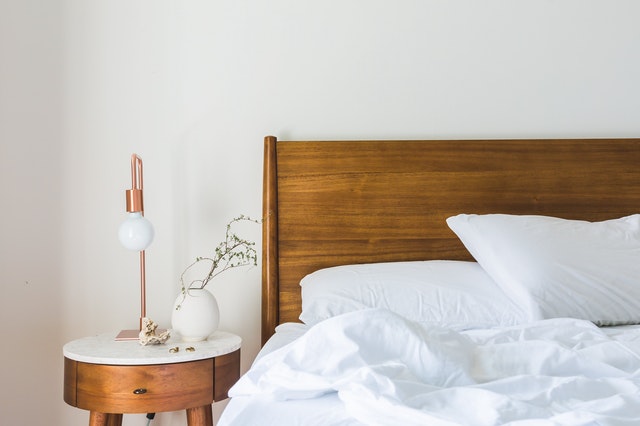Osteoporosis is a bone disease involving the loss of bone density. People with this condition experience weakened structural skeletal systems, making them more susceptible to fractures and bone breaks. This disease affects both men and women, though there are higher incidences of it among women. When a person has a chronic illness like osteoporosis, it is vital to have enough sleep. Beyond reading mattress reviews, though, you have to know more about how to manage this condition. Here are some more things to know about osteoporosis.
The Relationship Between Poor Sleep And Osteoporosis
To be fully functional during the day, a typical adult would need between seven to nine hours of sleep. If not, you tend to accrue sleep debt, and the body struggles to make up for the hours it needs for cell repair and regeneration. When you get enough sleep, you allow more oxygenated blood to flow through the body. Lowered heart rates and respiration cause a drop in blood pressure and allow for an increase in oxygenated blood to flow through your body. This effect enables your bones to heal faster and your tissues to repair themselves.
How To Provide Sleep Support For Osteoporosis Patients
One of the most important things to remember about osteoporosis is that people who have it could experience localized pain. If you suffer from this condition, it might be difficult for you to fall asleep because of the pain. You can experience relief from osteoporosis-related pain if you use specialized sleep implements. Start by reading mattress reviews and considering what type of bed or support you need.
Mattresses
If you lack bone density, you might suffer from vertebral fractures. Spinal support is necessary in this case. For your bones to get the right amount of support while you sleep, you need to consider the kind of sleep style you have. If you are a side sleeper, you need a softer surface that follows your shoulders and hips’ contours and keeps your spine aligned. Meanwhile, if you’re a back or stomach sleeper, you might need a firmer mattress to help hold up the parts that need support. The type of mattress is crucial as well. Foam mattresses are popular among people who need cradling of pressure points. A downside to memory foam is that it provides a ‘sink’ for your body, which might restrict your movement. Some foam mattresses with deep sinks also place unnecessary strain on the bones. There are also innerspring hybrids, beds that have a coiled system that provides a more uplifting surface. Hybrid mattresses are more popular for heavier people or back and stomach sleepers.
Smart Beds
A smart bed uses technology to adjust the conditions of the mattress to yours. It can adjust to your sleep position and temperature, monitor your breathing and movements, and determine what you need to get a better night’s sleep. Smart beds are also adjustable, helping lift specific areas of your body into position and allowing you to avoid strain or pain.
Mattress Pads
Osteoporosis could progress. The area where symptoms appear could change, and mattress pads could help address this situation. You can add or remove mattress pads to provide more or less support, whichever you might need for a good night’s sleep. Pads with cooling gels and breathable materials can also help you adjust your bed’s temperature.
Conclusion
Choosing the best bed to help you deal with osteoporosis is vital in providing the sleep you need for cell repair and growth. There are various options available for people with different needs. Your sleep style and your condition’s symptoms will influence what sleep aid you should get. For more mattress reviews, keep reading Mattress Review Guru. Our comprehensive articles provide you with everything you need to make the best mattress purchases. Bookmark our page today and be a little bit closer to always having a better night’s rest!






